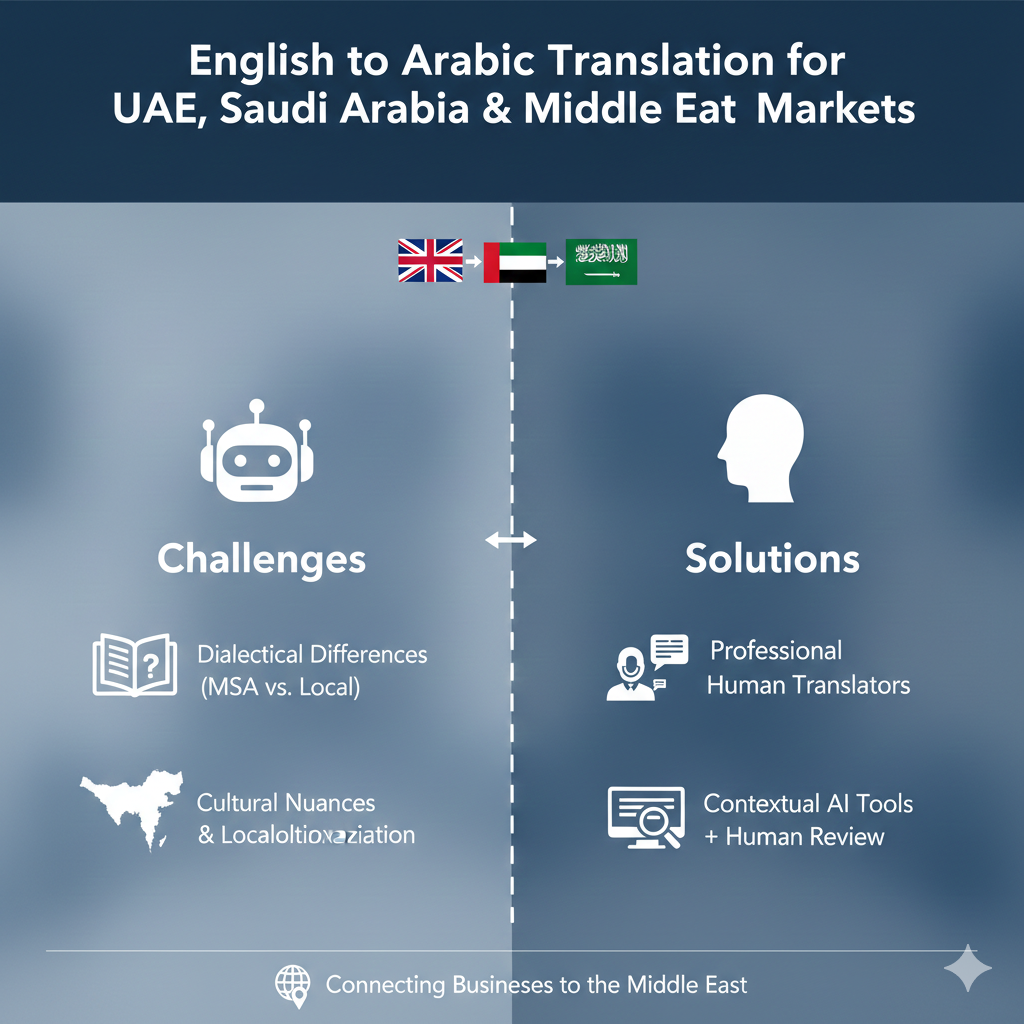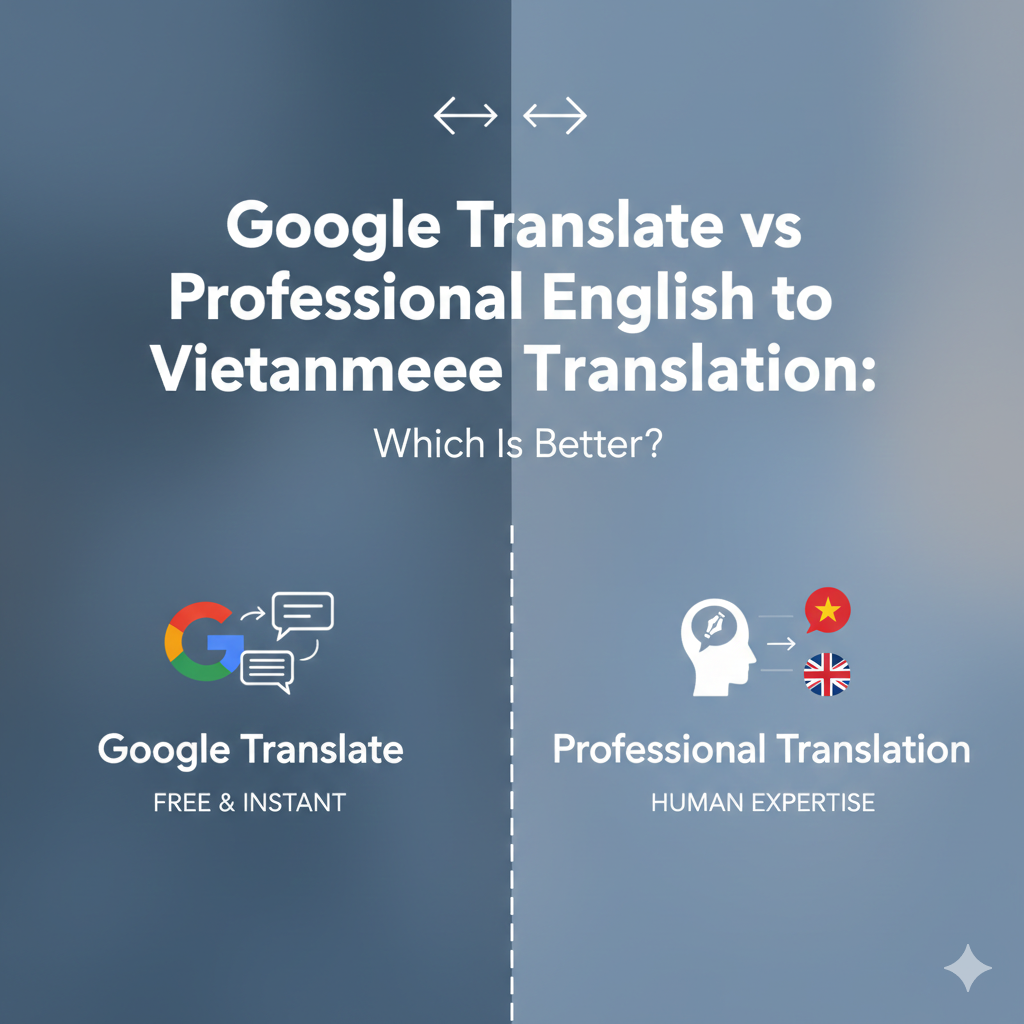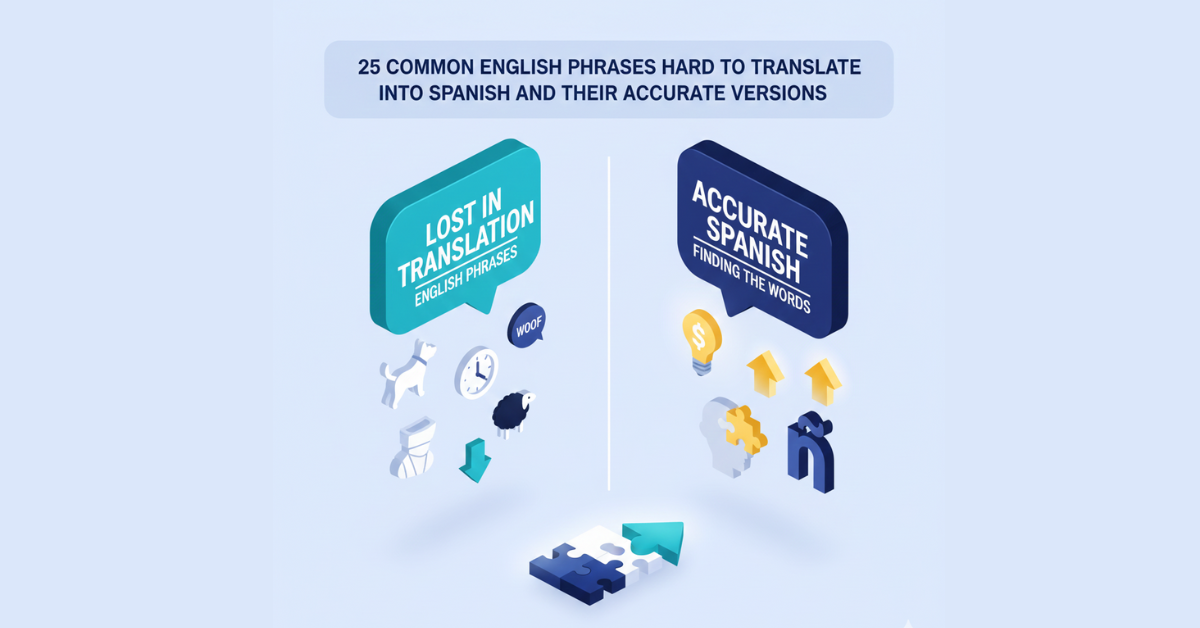In today’s fast-paced world, the demand for accurate transcription services is on the rise. Whether it's in the legal, medical, or media industries, converting audio and video content into text can enhance accessibility and documentation. Two primary approaches to transcription exist: manual and automated. Each has its strengths and weaknesses concerning accuracy, speed, and cost, which can significantly influence the choice depending on the project's needs.
Understanding Manual Transcription
Manual transcription involves a human listener converting spoken words into text. This traditional method relies heavily on the transcriber's skills, such as active listening, excellent typing speed, and language proficiency. Fast and accurate manual transcription services often offer higher accuracy rates, particularly in complex scenarios involving multiple speakers, heavy accents, or background noise.
Human transcribers can interpret context, idiomatic expressions, and ambiguous language elements that automated systems might find challenging.
The Rise of Automated Transcription
Technological advancements in artificial intelligence have led to the development of the best automated transcription services. These tools process audio files through algorithms to generate text in a fraction of the time it takes to perform manual transcription. Automated transcription is cost-effective and efficient, making it appealing for projects with tight deadlines or large volumes of data. However, the accuracy of these tools can vary from one service to another, as it depends on the quality of the audio file and the sophistication of the algorithm.
Comparing Accuracy: Manual vs. Automated Transcription
The central question remains: which is more accurate – manual transcription or automated transcription? Typically, manual transcription is regarded as more accurate due to human transcribers' ability to handle nuances such as diverse accents and background noise. Professional transcribers often achieve upwards of 99% accuracy, especially when high-quality audio is provided. In contrast, the accuracy rate of automated transcription tools generally hovers around 85%-95%, with performance dropping when faced with poor audio quality or specialized terminology.
Impact of Background Noise and Accents
Background noise and accents substantially impact the accuracy of both manual and automated transcription. Human transcribers can usually filter out extraneous sounds and adapt to different speech patterns more effectively, thanks to their reasoning capabilities and language experience. On the other hand, most automated systems struggle in environments with high background noise or strong accents, potentially leading to errors and misinterpretations. Consequently, choosing between manual and automated transcription often depends on the clarity of the audio and the uniformity of speech.
Choosing the Right Transcription Method
When deciding between manual and automated transcription, consider the project's specific needs, such as accuracy, speed, and budget. For highly specialized content or recordings with challenging acoustic conditions, investing in fast and accurate manual transcription services may be worthwhile. Conversely, for straightforward transcription tasks where speed and cost are more significant factors, leveraging the best automated transcription services could provide satisfactory results.
In conclusion, both manual and automated transcription have their merits and play vital roles in modern transcription services. By understanding their differences and the factors affecting their accuracy, such as background noise and varied accents, businesses and individuals can make informed decisions that meet their transcription needs effectively.
FAQs
1. What is the difference between manual and automated transcription?
Manual transcription involves a human transcriber who listens and types out the spoken content, offering a nuanced understanding of language and context. Automated transcription uses AI-powered software to convert speech to text, prioritizing speed and convenience.
2. Which is more accurate: manual transcription or automated transcription?
Manual transcription is generally more accurate as it involves human judgment to interpret complex speech patterns and nuances. Automated systems, while quick, can struggle with accuracy, especially in challenging audio conditions.
3. How do background noise and accents affect manual vs. automated transcription accuracy?
Background noise and accents can significantly hinder accuracy. Manual transcribers can better filter out noise and adapt to accents, maintaining higher accuracy. Automated systems, however, may misinterpret words under such conditions.
4. What is the typical accuracy rate of automated transcription tools?
Automated transcription tools typically achieve an accuracy rate of 85% to 95% in ideal settings. This rate can decrease substantially due to factors like poor audio quality, significant background noise, or strong accents.






